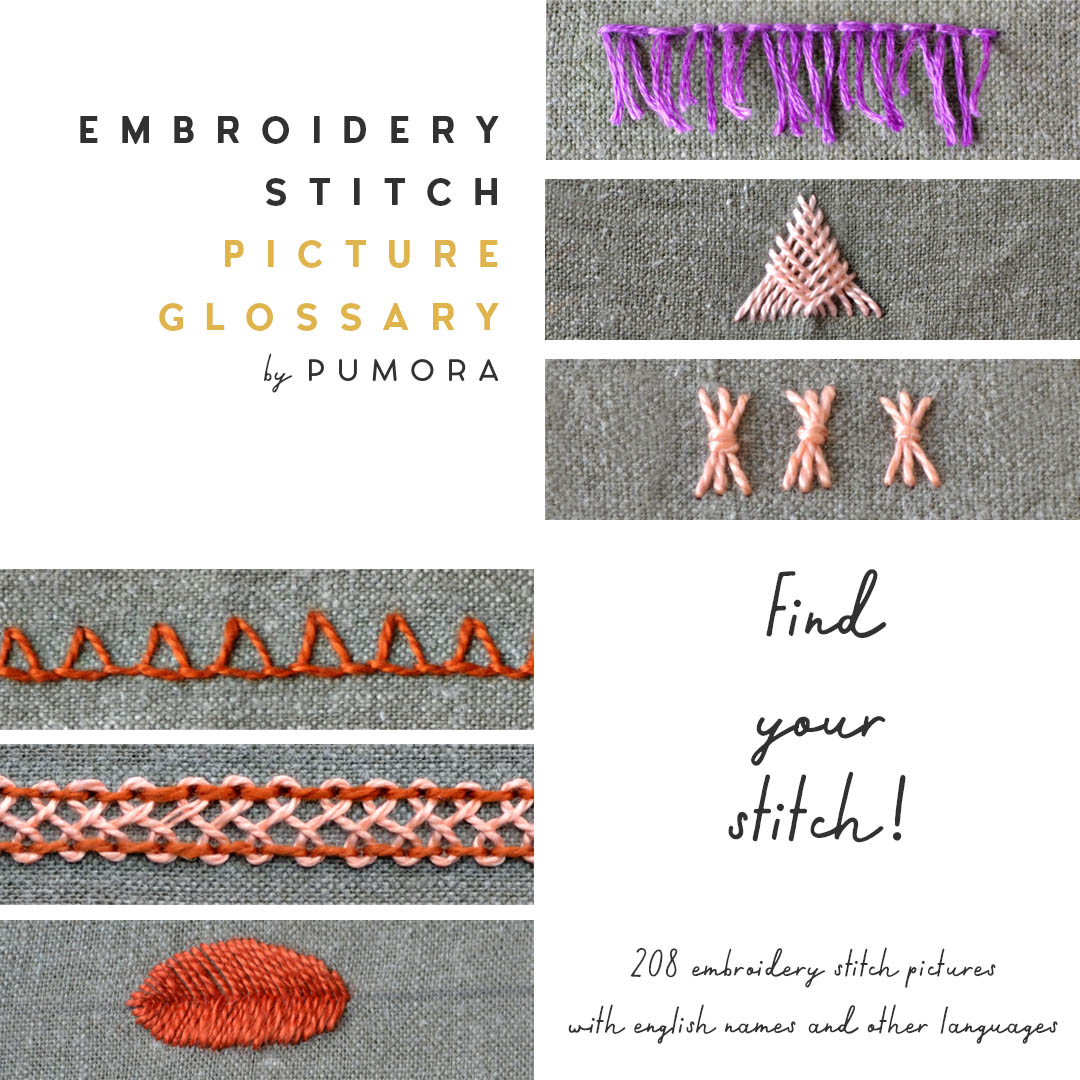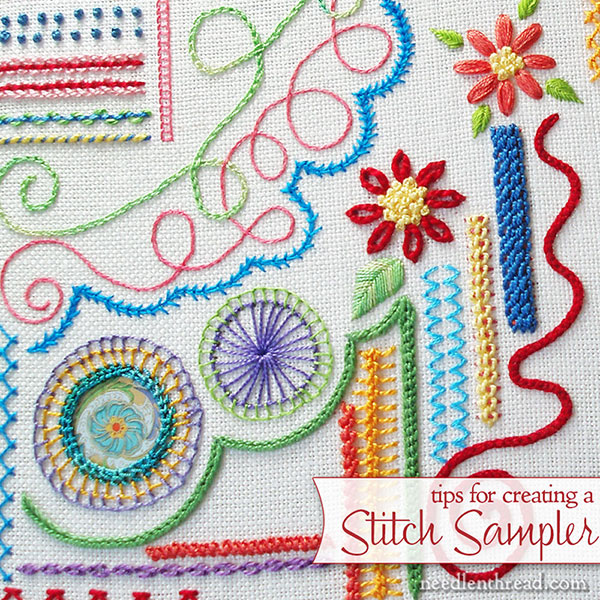Stitch It Embroidery
Are you looking for a new hobby that allows you to be creative and create beautiful pieces of art? Look no further than stitch it embroidery. This timeless craft has been around for centuries and continues to be a popular pastime for people of all ages and skill levels.
Pain Points
When it comes to stitch it embroidery, many people may feel intimidated or overwhelmed by the variety of stitches and techniques involved. It can also be challenging to find high-quality materials and tools, which can impact the overall result of your project. However, with patience, practice, and proper guidance, anyone can become a skilled embroiderer.
Target of Stitch it Embroidery
The target of stitch it embroidery is to create beautiful and intricate designs on fabric using a needle and thread. This can include anything from simple monograms to complex patterns and pictures. Embroidery can be done on a wide variety of fabrics, including clothing, home decor items, and even artwork.
Main Points
Embroidery stitches can be categorized into two types: surface embroidery and counted thread embroidery, with a range of stitches in each category. Common stitches in surface embroidery include stem stitch, satin stitch, and French knot, while counted thread embroidery includes cross-stitch and blackwork. Practicing these stitches is crucial to become a skilled embroiderer. Investing in high-quality materials and tools can also greatly impact the outcome of your project. Websites like stitchit.com provide tutorials, patterns, and a range of materials for all skill levels.
Benefits of Stitch it Embroidery
One of the main benefits of stitch it embroidery is that it allows you to be creative and express yourself while creating something beautiful and functional. It is also a relaxing and meditative activity that can reduce stress and anxiety, making it a perfect hobby for those looking to unwind after a long day. Personalizing gifts or clothing items with embroidery is a thoughtful way to show your loved ones you care by giving them a unique and one-of-a-kind item.
Getting Started with Stitch it Embroidery
When starting with stitch it embroidery, it is essential to begin with the basics. A great way to get started is to invest in a beginner's embroidery kit that includes all the essential tools and materials. Learning the basic stitches like running stitch, backstitch, and chain stitch is a great place to start. There are many online resources available, such as tutorials, patterns, and support groups for beginners.
Types of Embroidery
In addition to traditional embroidery, there are various types of contemporary embroidery, including crewel embroidery, stumpwork, and goldwork. Crewel embroidery is a type of surface embroidery that uses wool thread on a linen or cotton fabric. Stumpwork embroidery involves stitching 3D elements onto a flat piece of fabric, while goldwork embroidery incorporates gold thread and other materials to create intricate and luxurious designs.
Advanced Embroidery Techniques
Once you feel comfortable with the basics, advanced techniques and stitches like ribbon embroidery and needle painting can take your skills to the next level. Ribbon embroidery involves attaching ribbon to fabric and using it to create flowers, leaves, and other designs. Needle painting involves using a variety of thread colors and stitches to create intricate and detailed pictures.
Question and Answer
Q: Can I use any fabric for embroidery?
A: You can embroider on a wide variety of fabrics, including cotton, linen, silk, and even denim. However, some fabrics may be more difficult to embroider on than others, so it's essential to choose a fabric that is appropriate for your skill level and the type of embroidery you want to do.
Q: Do I need an embroidery hoop?
A: While an embroidery hoop is not necessary, it can be helpful when working with certain fabrics and stitches. An embroidery hoop can help keep the fabric taut and prevent puckering, making it easier to create smooth and even stitches.
Q: How do I transfer a design onto fabric?
A: There are several ways to transfer a design onto fabric, including using a transfer pencil, tracing with a lightbox, or printing the design directly onto the fabric using a printer. It's essential to choose a transfer method that is suitable for the type of fabric you are using.
Q: Can I wash embroidered items?
A: Yes, embroidered items can be washed, but it's essential to follow the care instructions on the fabric and any special instructions for the embroidery thread. Always test a small patch first before washing the entire item.
Conclusion of Stitch it Embroidery
Stitch it embroidery is a beautiful and timeless craft that allows you to express your creativity while creating something that can be enjoyed for years to come. With practice and patience, anyone can become a skilled embroiderer. Investing in high-quality materials and tools and continually learning and practicing new stitches and techniques can take your embroidery skills to the next level. So, why not give stitch it embroidery a try and see where your creativity takes you?
Gallery
Finding An Embroidery Stitch Made Easy - The Stitch Glossary

Photo Credit by: bing.com / pumora glossary
15 Stitches Every Embroiderer Should Know
/15Stitches-587161e53df78c17b6e270e8.jpg)
Photo Credit by: bing.com / stitches fill
On Embroidery Stitches & Samplers – NeedlenThread.com

Photo Credit by: bing.com / embroidery stitches stitch samplers types sampler hand different patterns needlenthread designs kits cross chain techniques family tips make choose board
10+ Spectacular Best Stitches In Embroidery Ideas In 2020 | Embroidery

Photo Credit by: bing.com /
Royce's Hub: Basic Embroidery Stitches: Herringbone Stitch

Photo Credit by: bing.com / embroidery stitches herringbone stitch basic stitching work royce hub mistakes crowded petal esp otherwise shown above point many but so